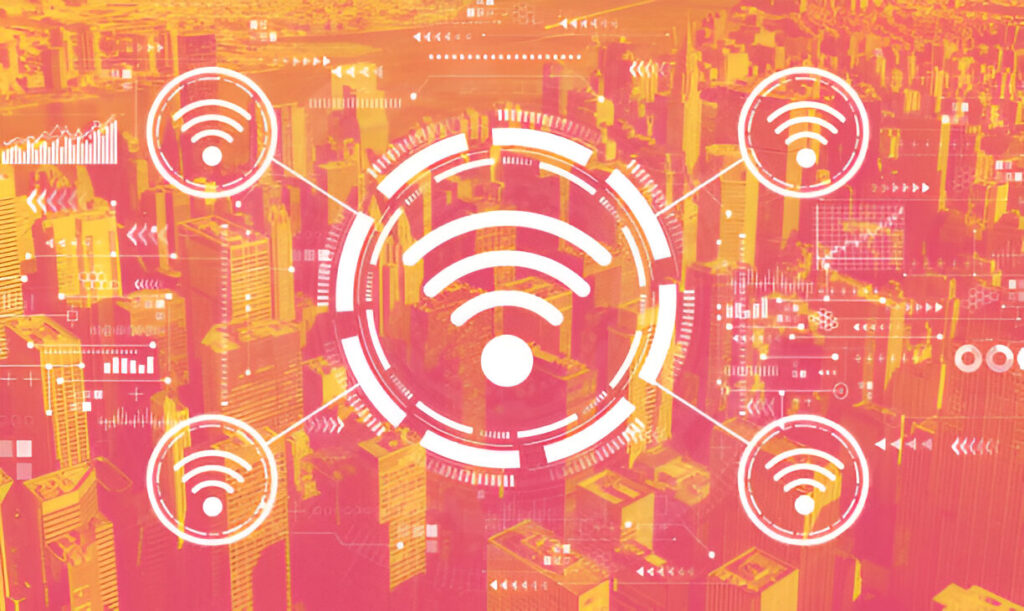Key Takeaways
- Managed WiFi transforms public spaces into more connected, efficient, and user-friendly environments.
- Implementing managed WiFi solutions impacts user experience, operational efficiency, and security.
- Businesses and public space operators must consider critical factors when deploying managed WiFi.
Introduction to Managed WiFi in Public Spaces
Public spaces transform digitally using managed WiFi systems, from bustling city airports to tranquil local parks. Hotel WiFi systems provides guests with reliable internet connectivity during their stays, so public space operators prioritize similar services to ensure seamless connectivity and superior user experiences. The evolution of managed WiFi in public venues signifies a technological advancement and a step towards smarter, more connected communities.
The rapid growth in digital dependency has propelled public spaces to adapt swiftly. With the increase in digital device use and data demands, integrating managed WiFi has become a critical consideration for business operators aiming to enhance user satisfaction and operational efficiencies. Navigating this landscape, however, requires both strategic planning and thoughtful execution to harness the full potential of WiFi solutions while overcoming various challenges associated with deployment and maintenance.
At its core, managed WiFi refers to the outsourced management of WiFi networks designed to cover extensive public spaces like airports, stadiums, and shopping malls. It allows public facilities to deliver reliable internet services without directly handling the technical complexities associated with network maintenance and monitoring. By entrusting this task to specialized providers, they can ensure optimal performance and focus more on enhancing the visitor experience. This approach also enables operators to offer tailored services based on real-time data analytics sourced from network activity, thus effectively aligning with user needs.
Why Public Spaces Are Investing in Managed WiFi
Public space investment in managed WiFi is rising primarily due to the pressing need for robust infrastructure supporting vast and diverse networks. With visitors expecting consistent connectivity, whether for work or leisure activities, public venues cannot afford downtime or instability in their internet services. Integrating managed WiFi thus provides both the capability to handle large numbers of users and the opportunity to offer value-added services like location-based promotions and analytics-driven insights. These efforts serve as a competitive edge, generate potential revenue streams, and enhance customer loyalty.
Benefits for Users and Businesses
For users, managed WiFi translates to enhanced internet access and improved connectivity, essential for personal productivity and entertainment, especially in transit zones such as airports and train stations. The stability and speed provided by managed networks ensure that users can access digital content seamlessly. On the other hand, businesses benefit from the data insights gathered from user interactions over their networks. These insights can inform strategic business decisions, enabling operators to tailor services and promotions accordingly. Moreover, managed WiFi supports integrating IoT devices, enhancing operational efficiency and customer engagement, as discussed in Network World’s article, highlighting the synergy between IoT and managed WiFi systems.
Overcoming Challenges in Deployment
Deploying managed WiFi in diverse environments presents numerous challenges. These include physical infrastructure barriers, varying network demands, and financial constraints. Keeping up with the quick pace of technological advancements and making essential adjustments to hardware and software are time-consuming tasks that necessitate smart resource allocation. The solution to these challenges lies in comprehensive planning and collaboration with experienced technology partners to tailor bespoke solutions that meet specific environmental needs. Proper site surveys and phased rollouts can help optimize network performance while minimizing disruptions to existing services, ensuring that the deployment is both effective and cost-efficient in the long run.
Security Considerations and Best Practices
Security is paramount in any managed WiFi initiative, particularly in public spaces with high and varied data traffic. Public facilities must employ industry best practices such as strong encryption, regular security audits, and robust user authentication procedures to protect against data breaches and unauthorized access. Addressing these security concerns early in the planning process can safeguard both user data and the integrity of the network. Innovative approaches to cybersecurity, which are gaining traction and importance, are detailed in a recent Harvard Business Review study. It emphasizes the need for continuous adaptation to the evolving threat landscape in cyber environments.
The Role of Managed WiFi in Enhancing User Experience
The true measure of managed WiFi’s success is in the user experience it delivers. Key determinants include speed, reliability, accessibility, and security. Public spaces can considerably boost user satisfaction and retention by ensuring seamless connectivity, from quick load times to uninterrupted service. This, in turn, translates into broader economic benefits, as satisfied users are more likely to return and engage with other services offered. Moreover, personalized data services, such as tailored content recommendations and targeted advertising, add a layer of sophistication to user interactions, enhancing the overall experience.
Future Trends and Innovations
Managed WiFi will continue adapting to emerging edge computing and AI-powered analytics trends. These advancements promise to improve network responsiveness by moving data processing closer to the source, cutting latency, and improving speed. AI can also aid in personalized user experiences through predictive analytics that anticipate user needs and adapt services accordingly. This tendency is consistent with the increasing emphasis on customization in digital services. It reflects a shift towards more proactive network management, setting the stage for more robust and user-centric WiFi solutions.
Conclusion
Managed WiFi is a cornerstone technology in the evolution of modern public spaces. Reliable connectivity helps enhance user experience and operational efficiencies, paving the way for smarter environments. As technology advances rapidly, the role of managed WiFi will undoubtedly expand, adapting to evolving user needs and expectations. Public space operators must remain informed about emerging technologies and agile to seize new opportunities. Operators can secure their position in a connected future through strategic investment and implementing managed WiFi solutions, driving growth and innovation.



